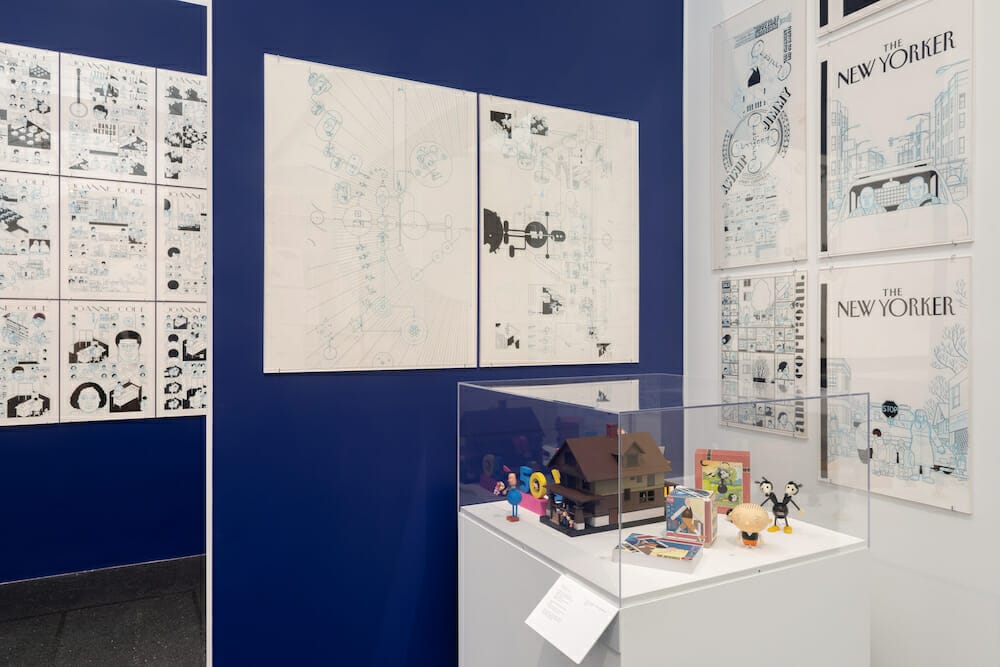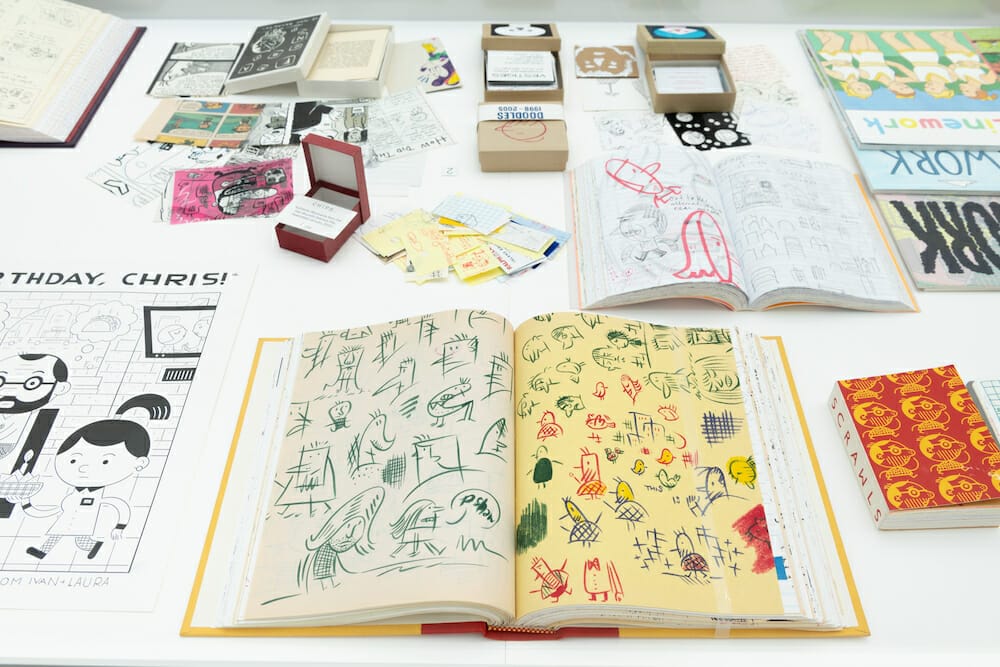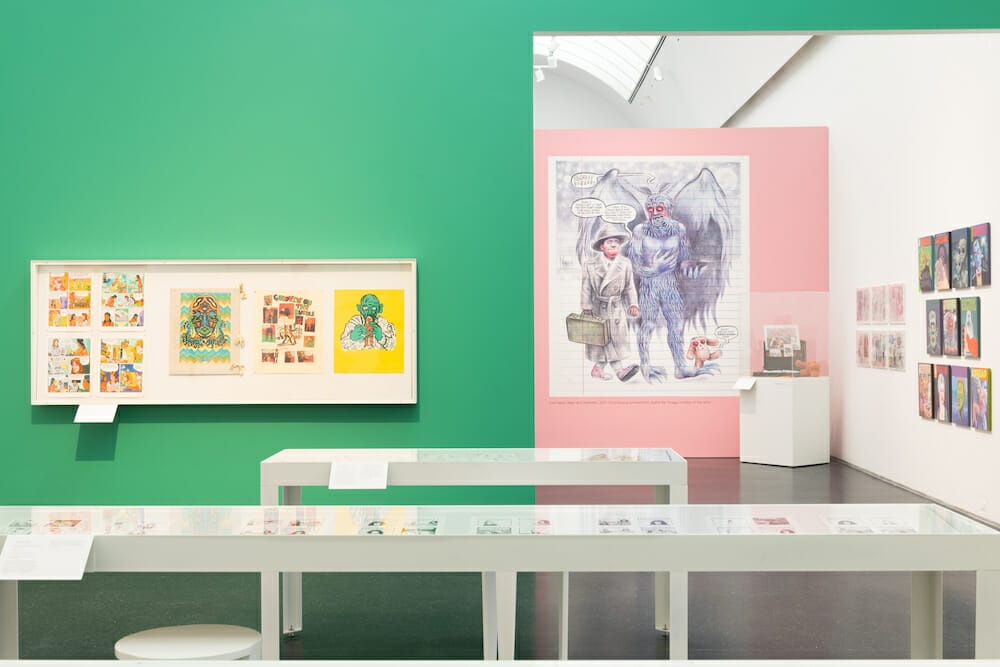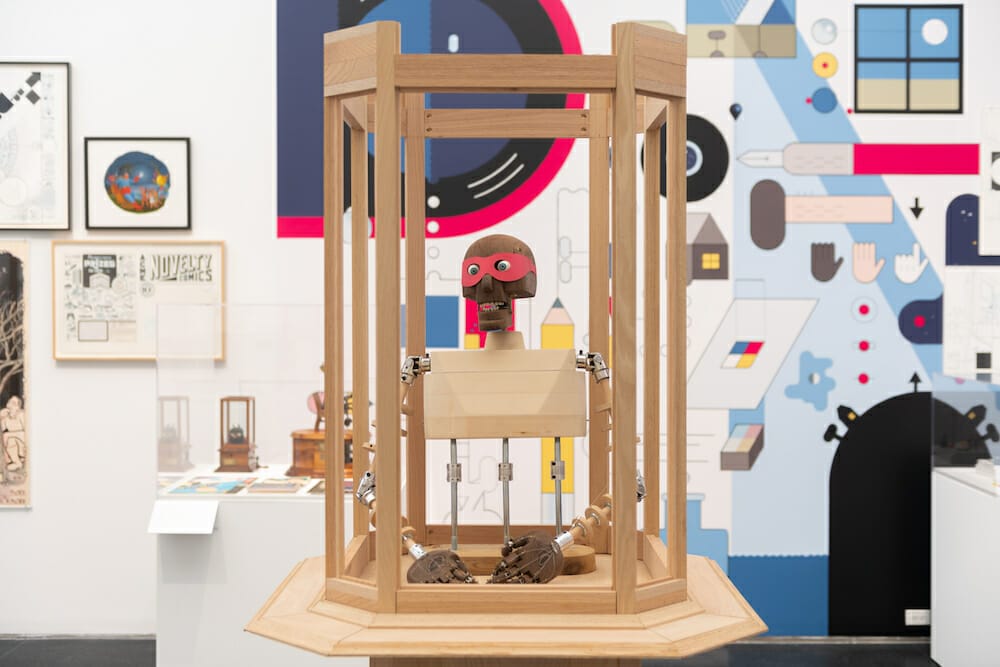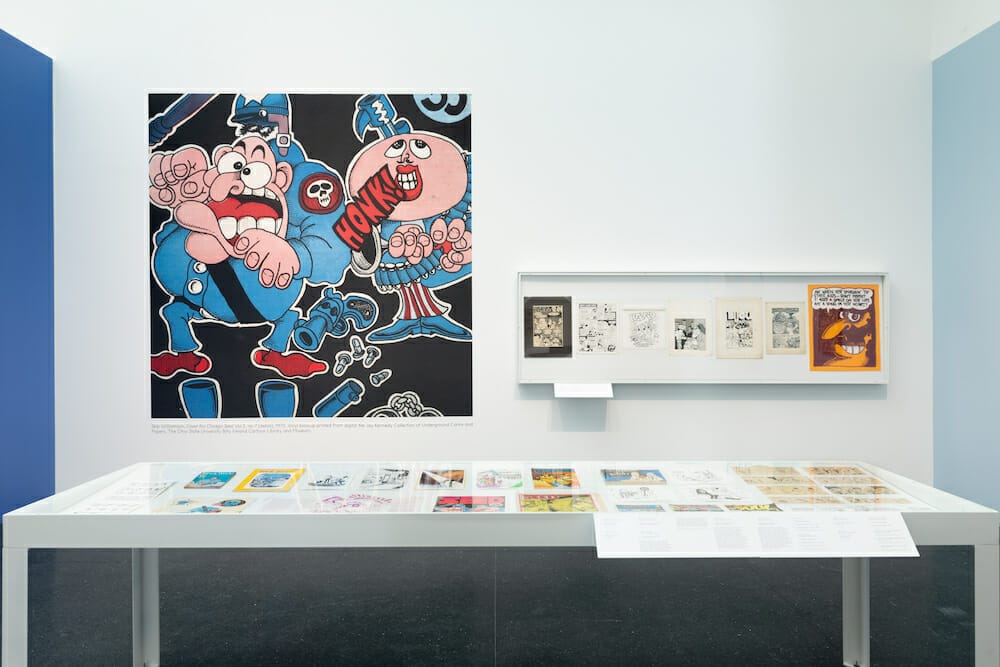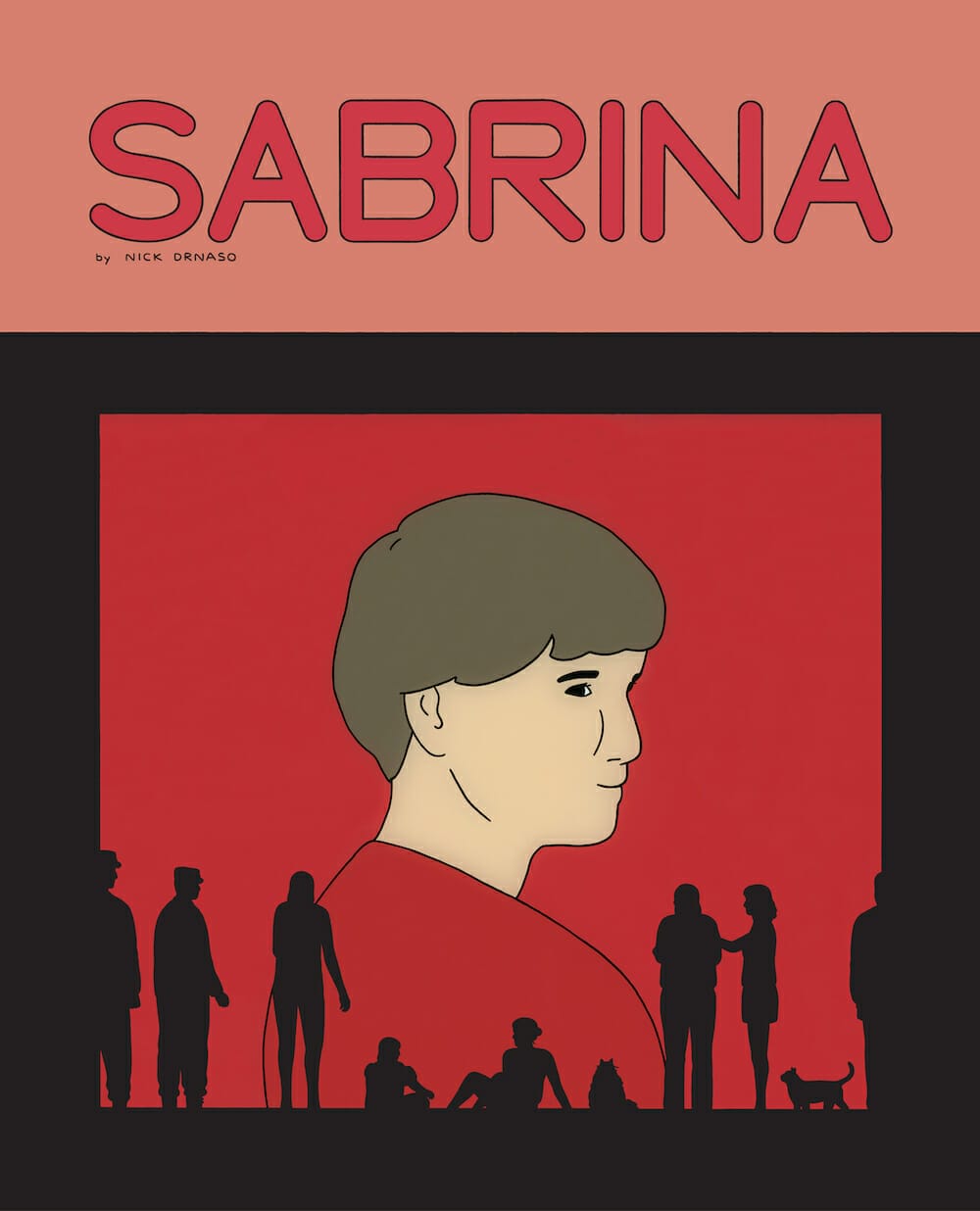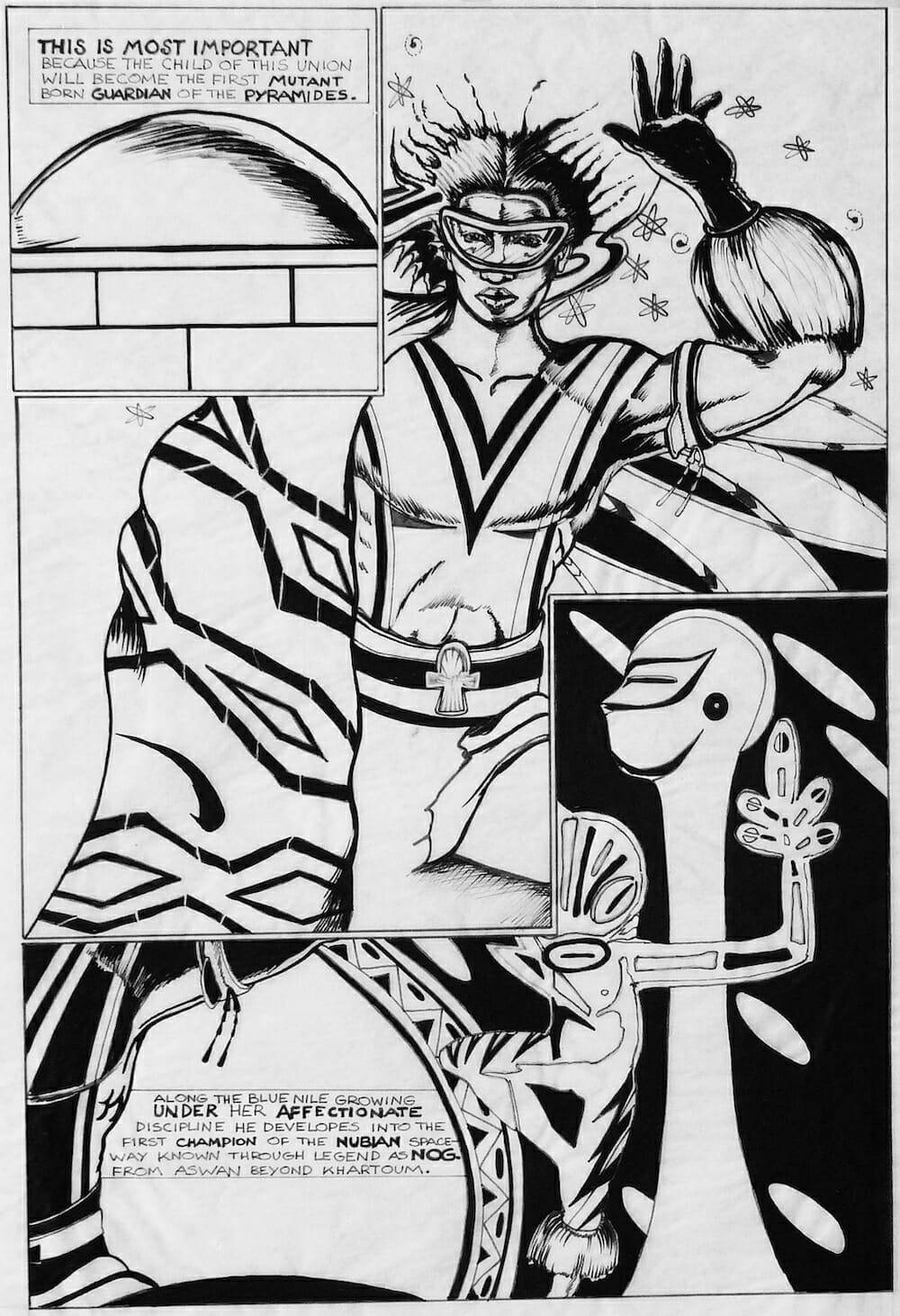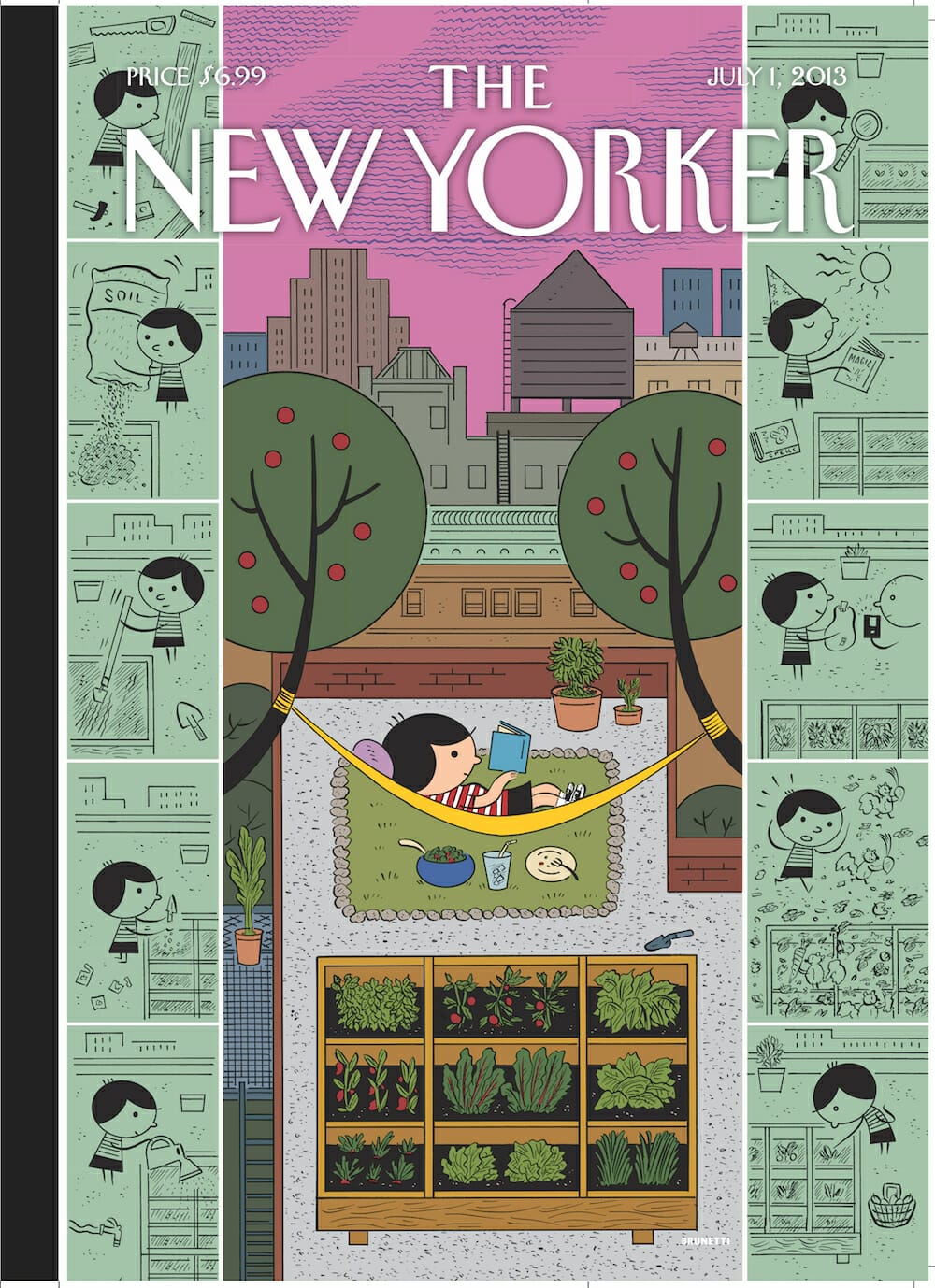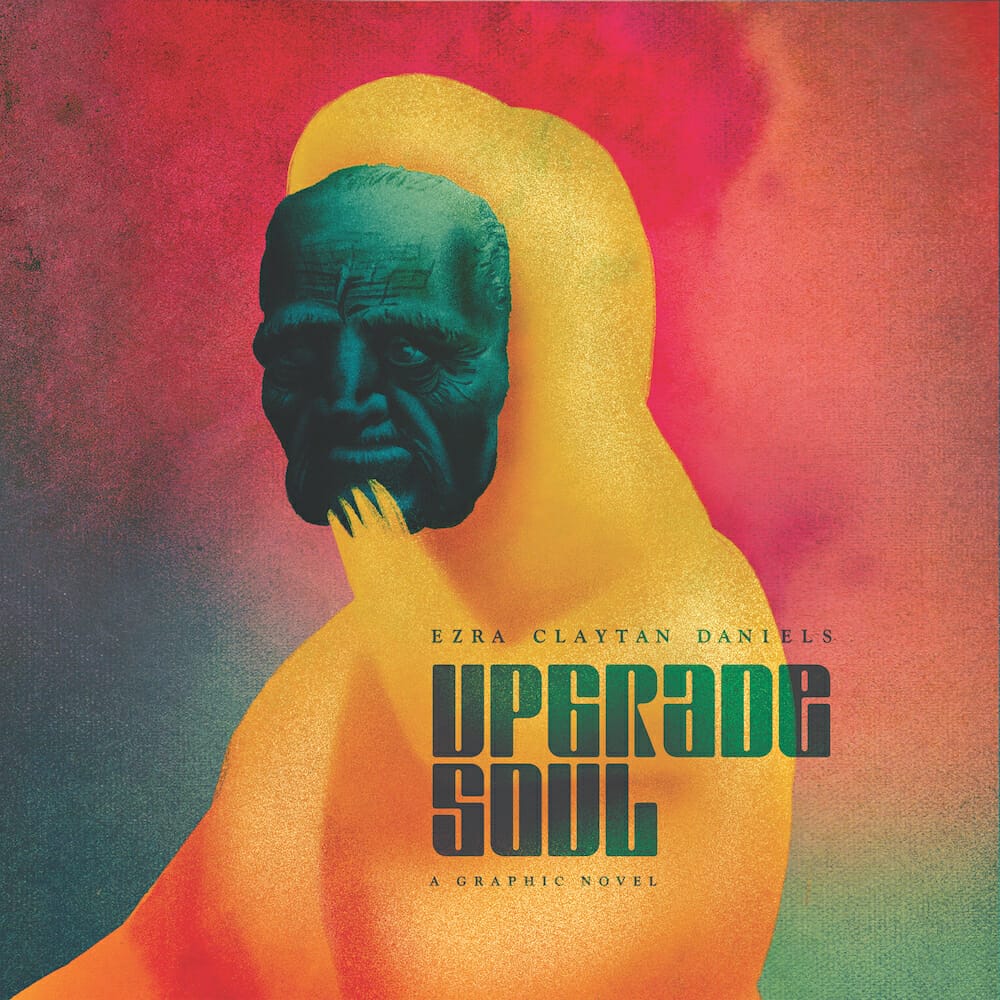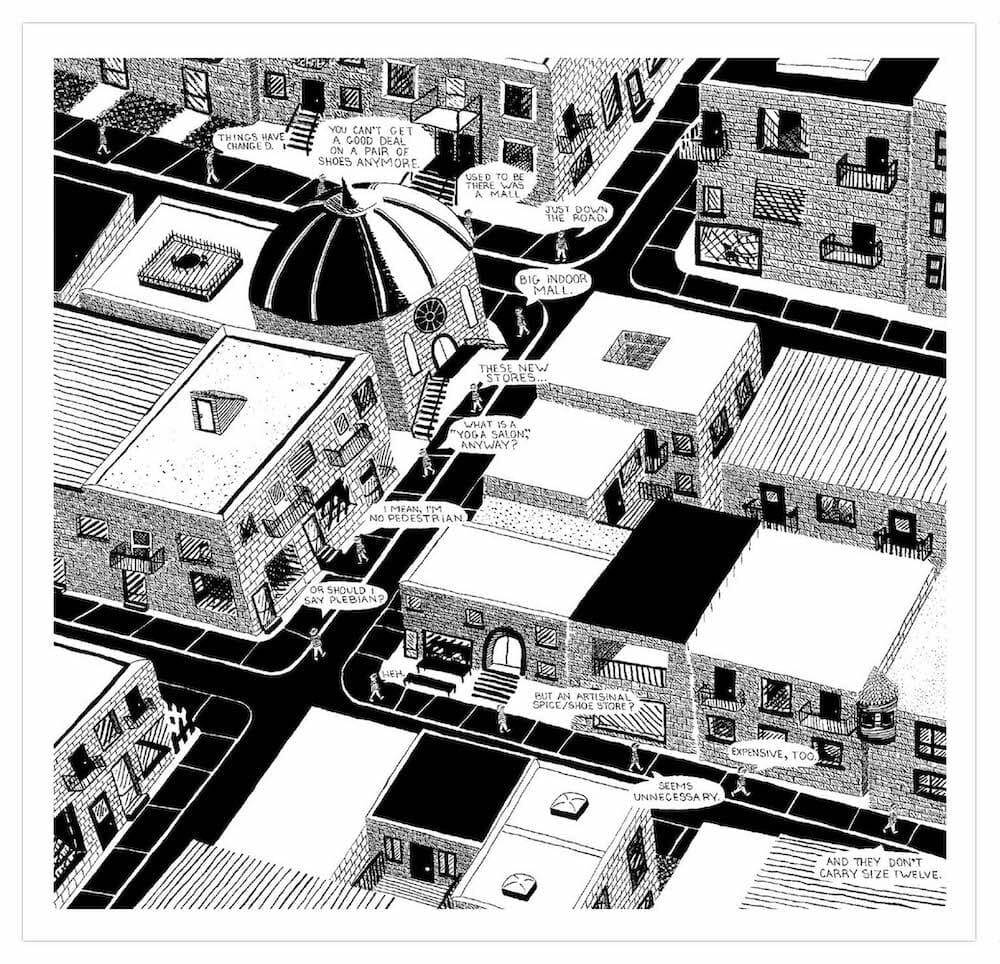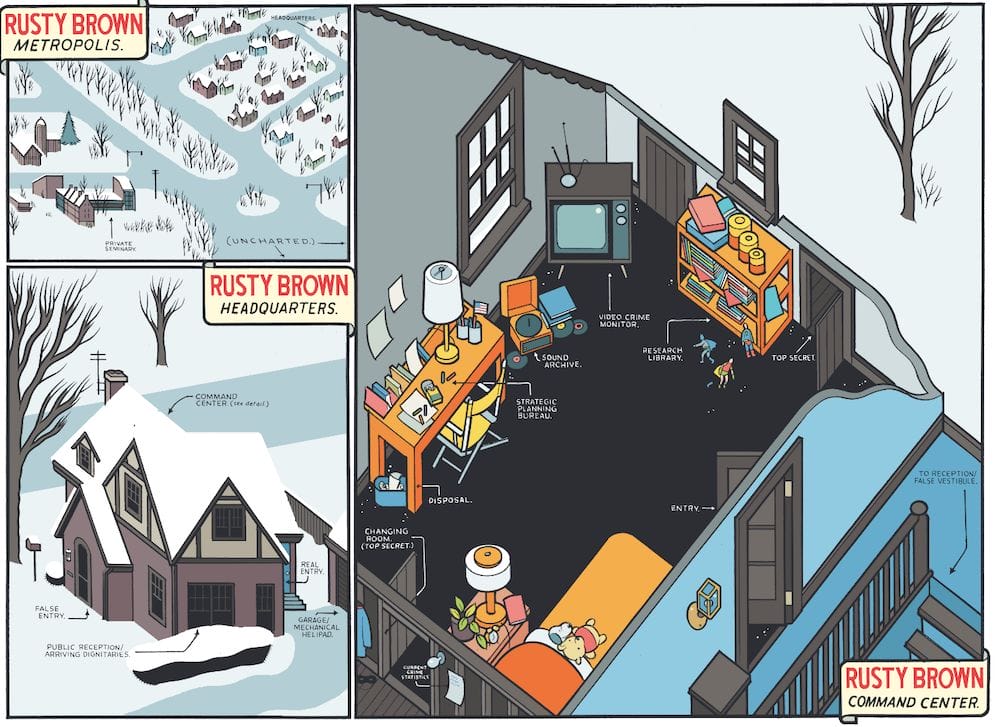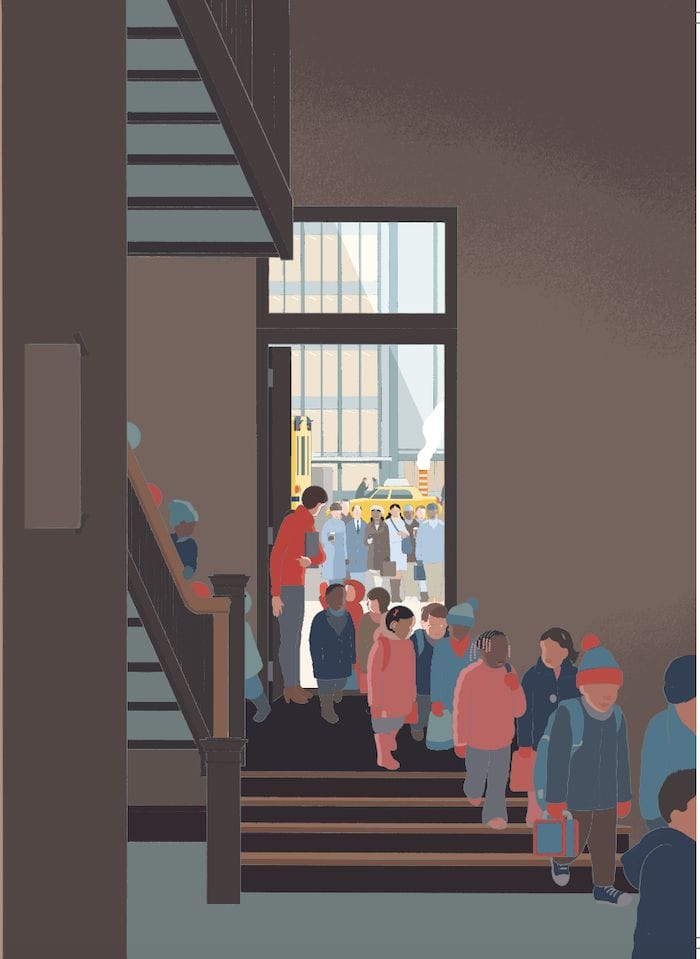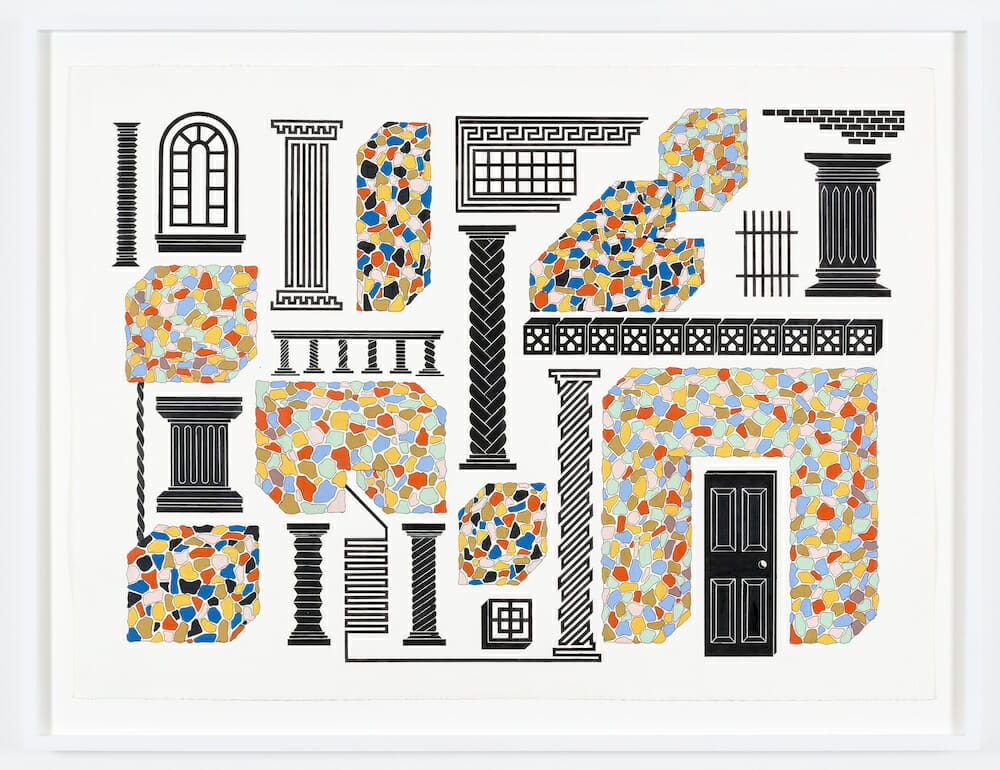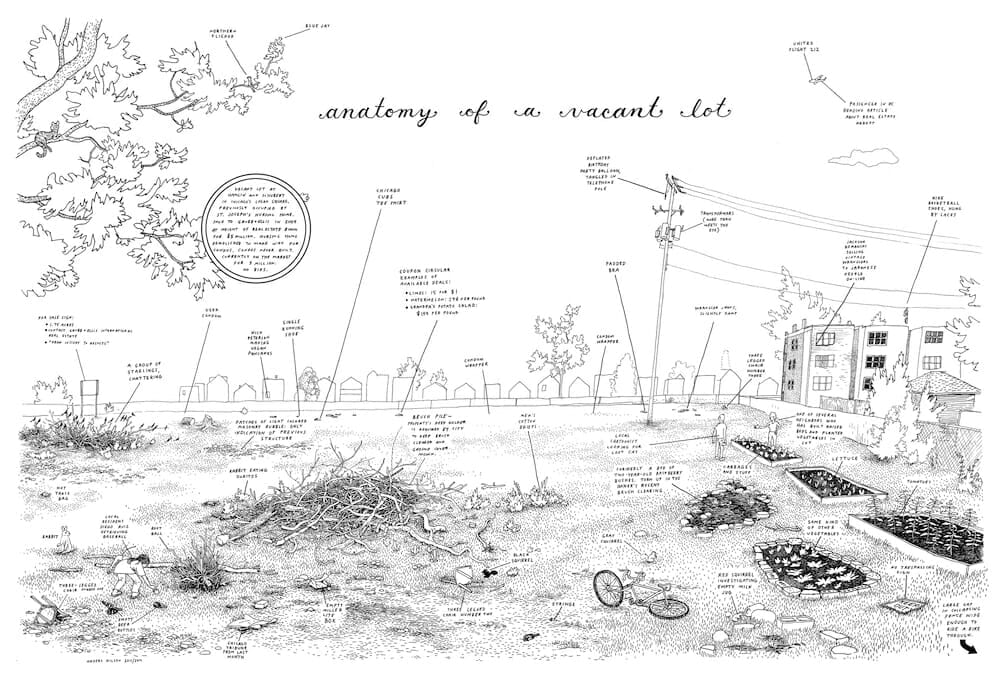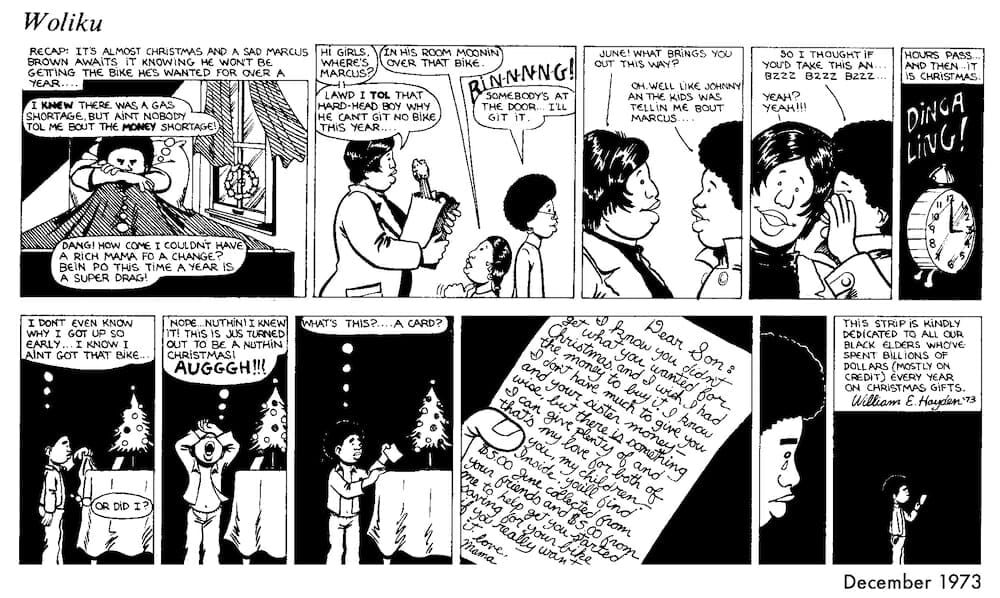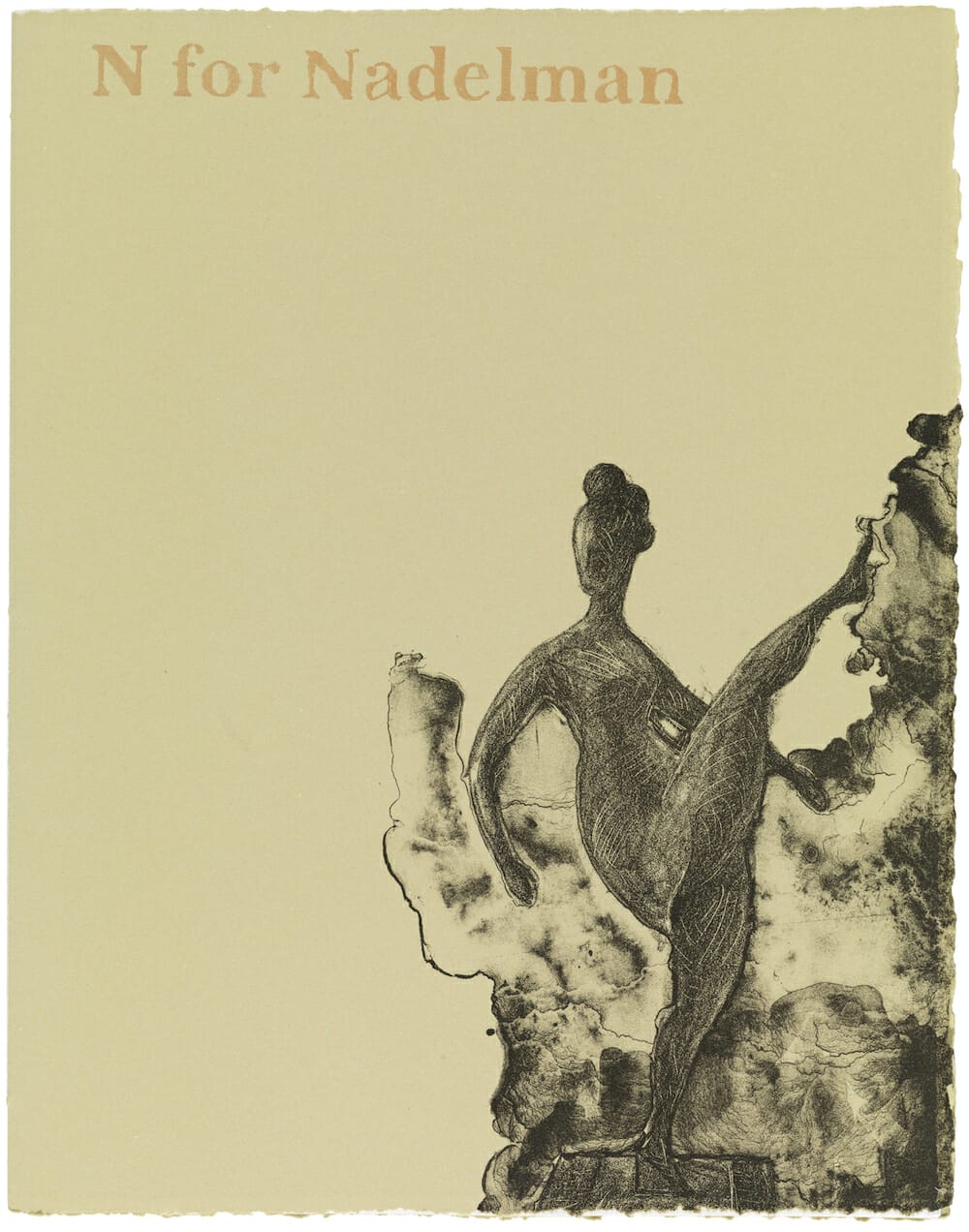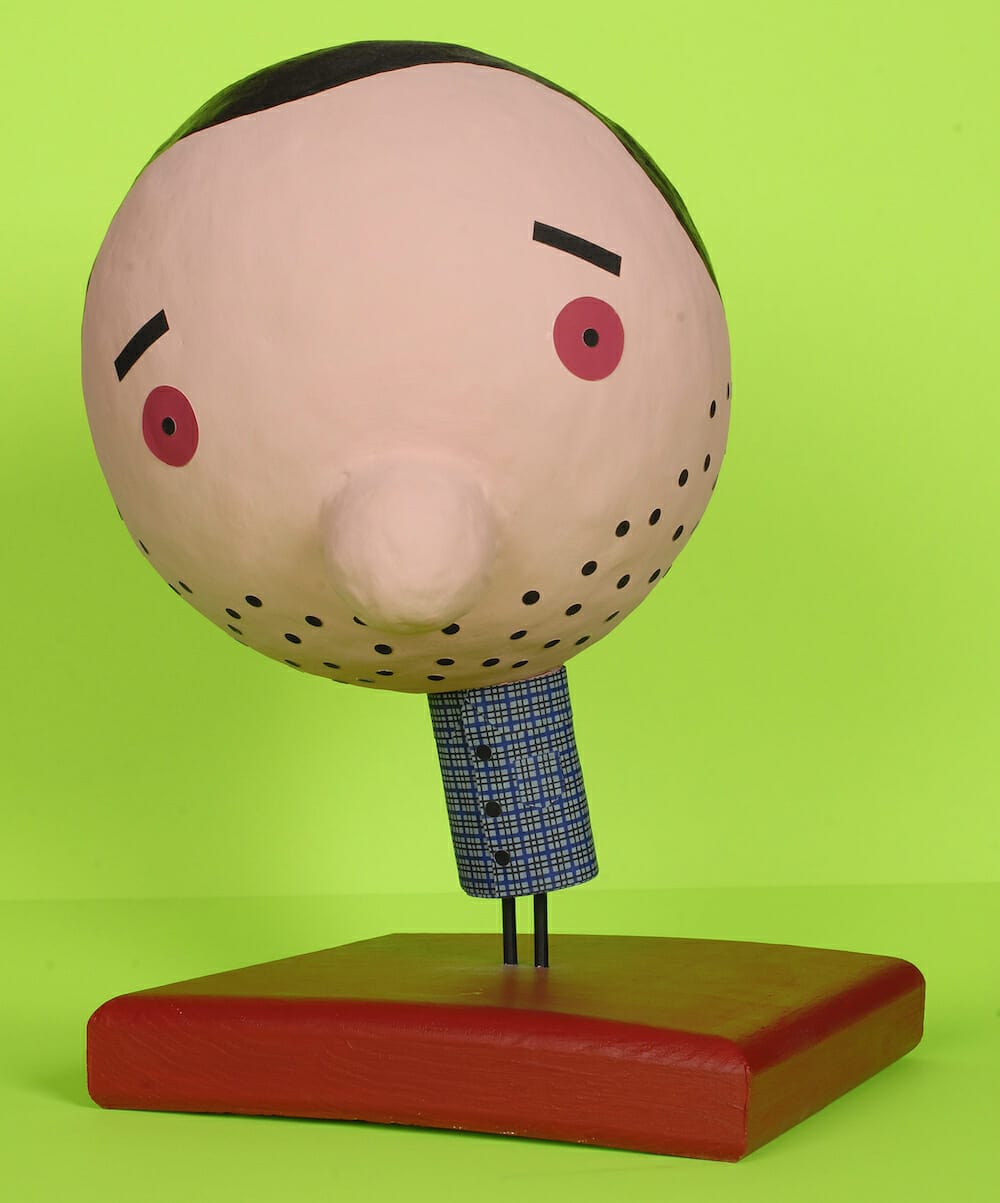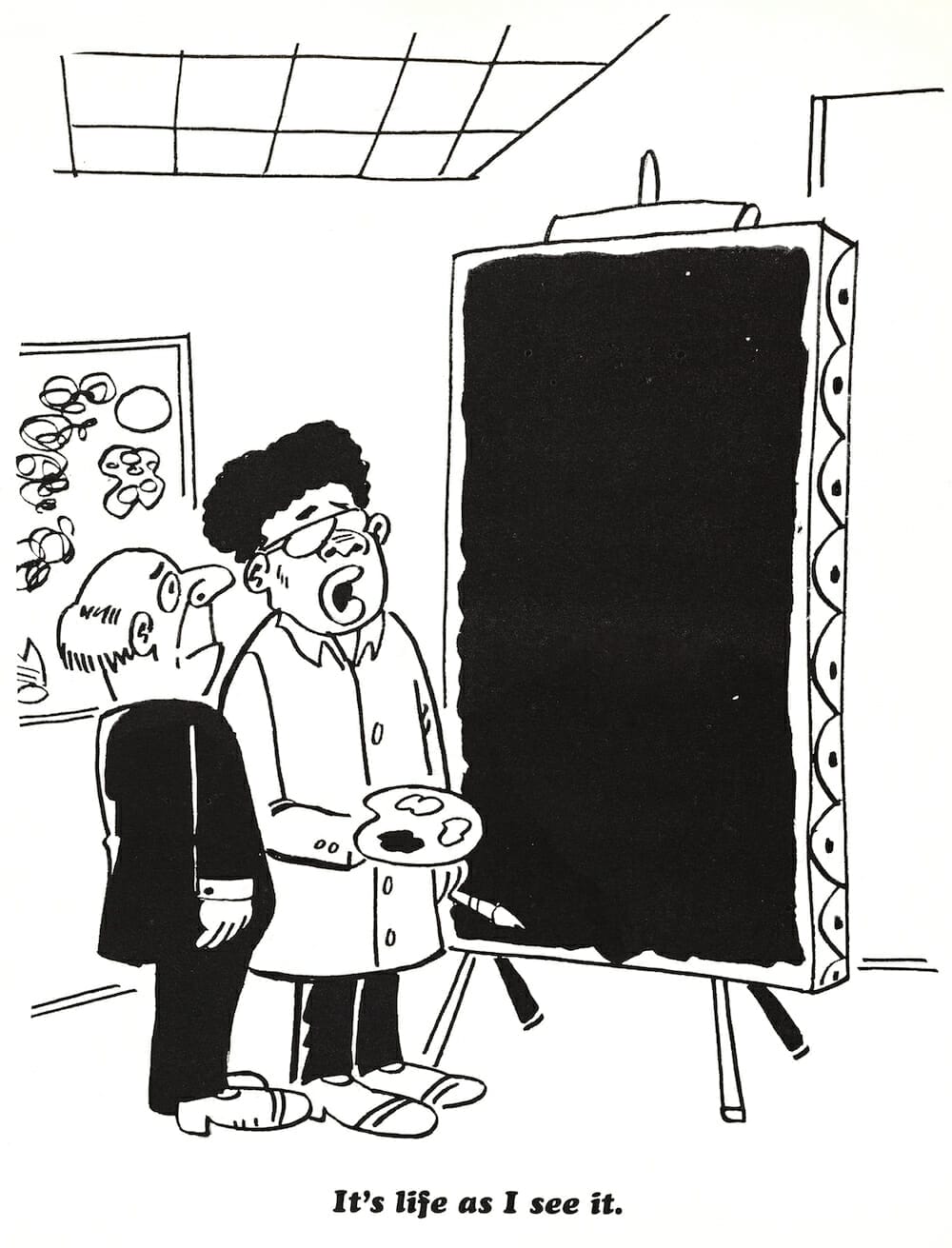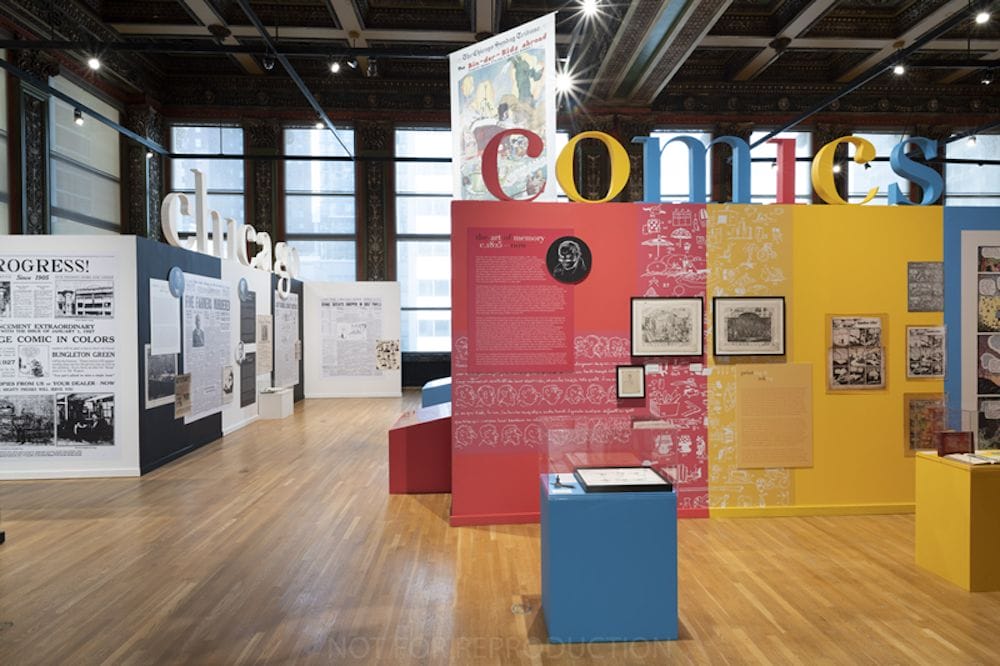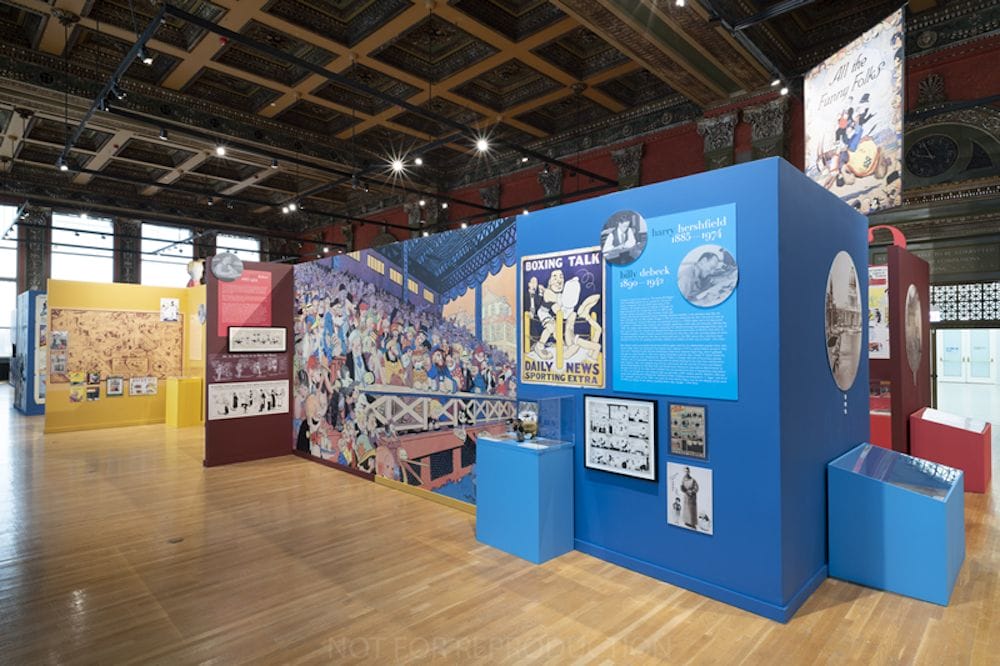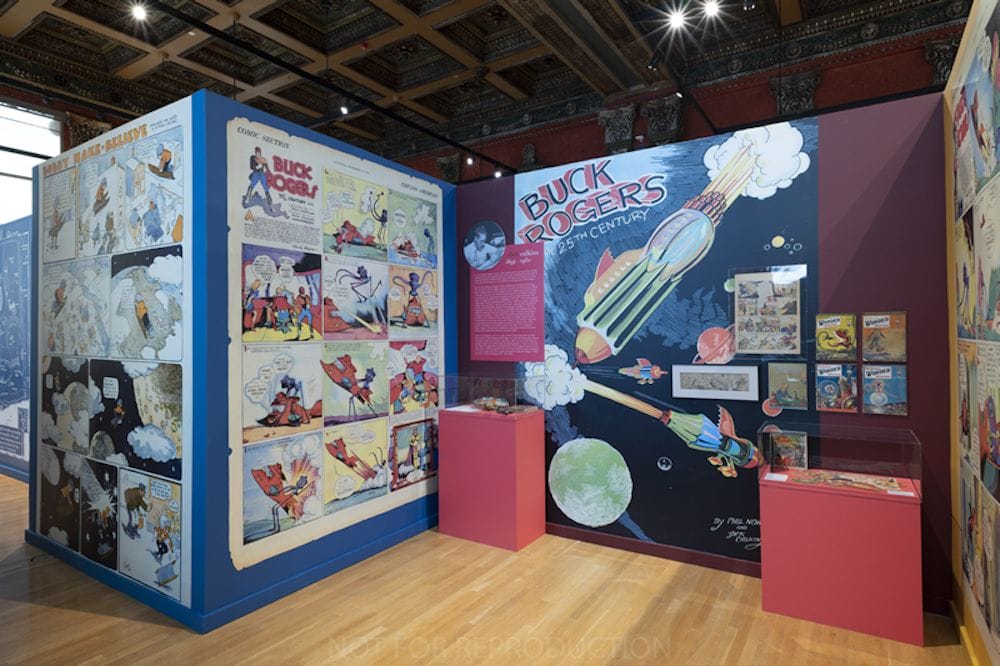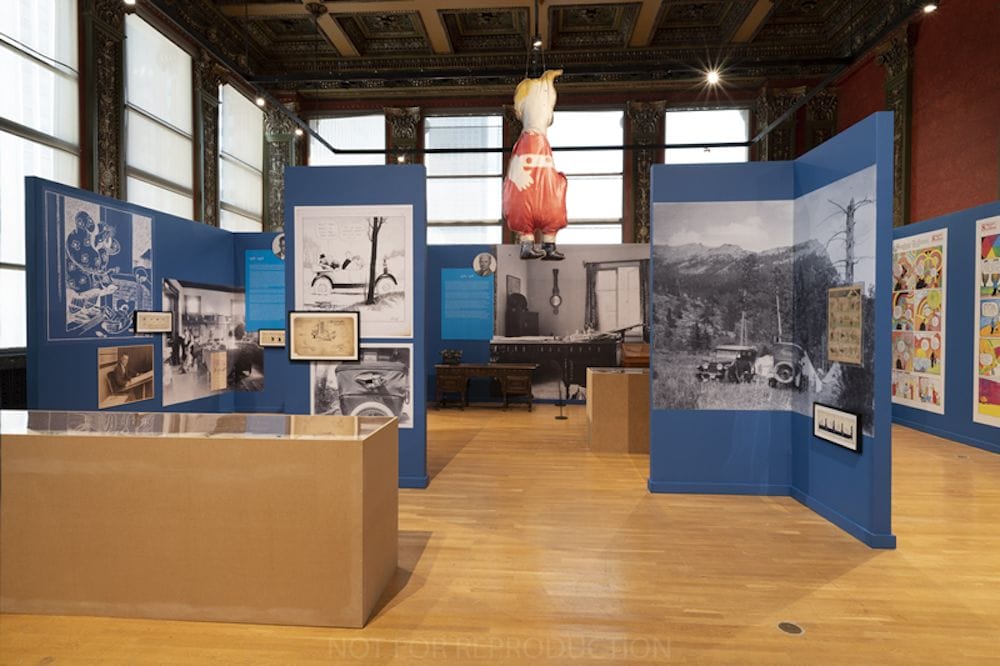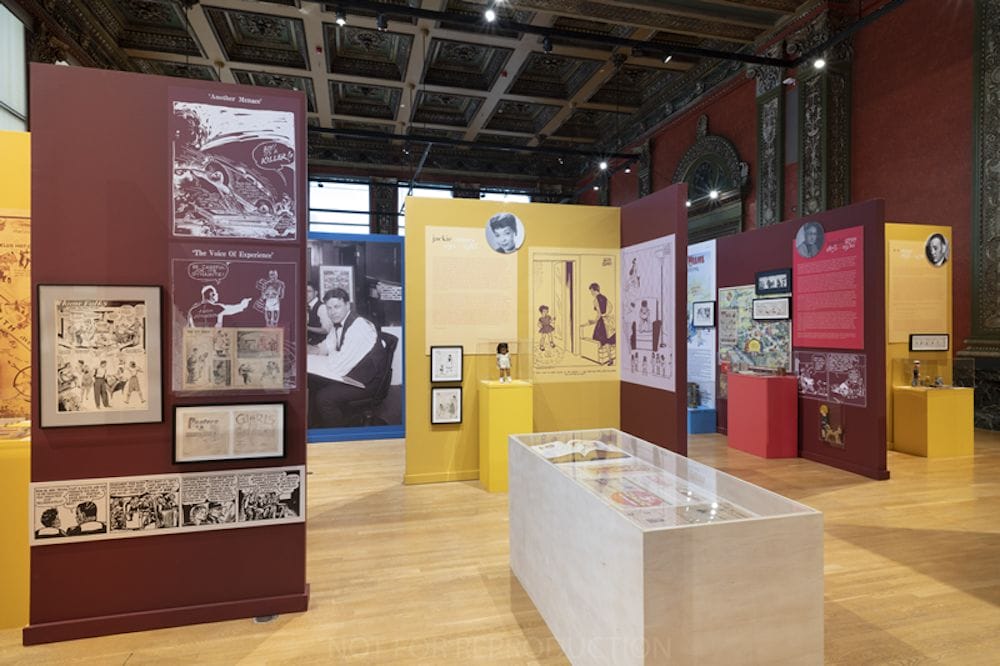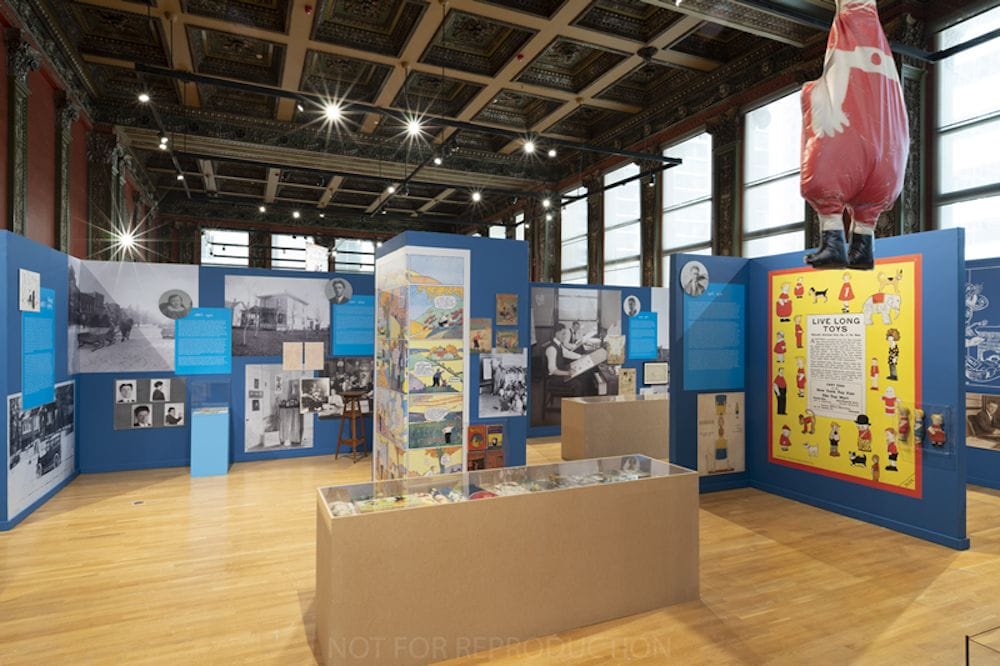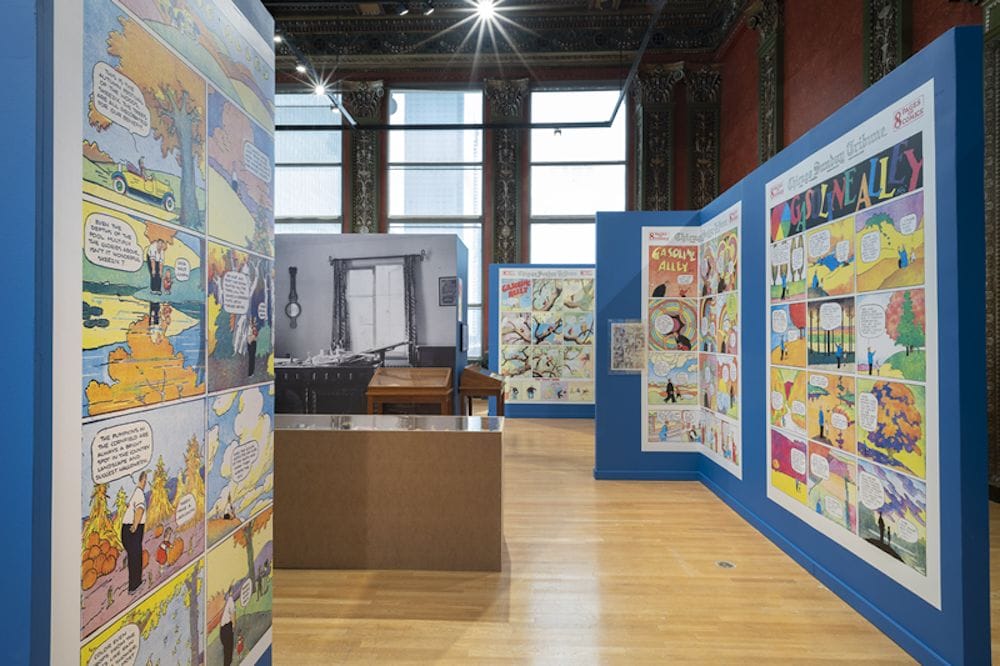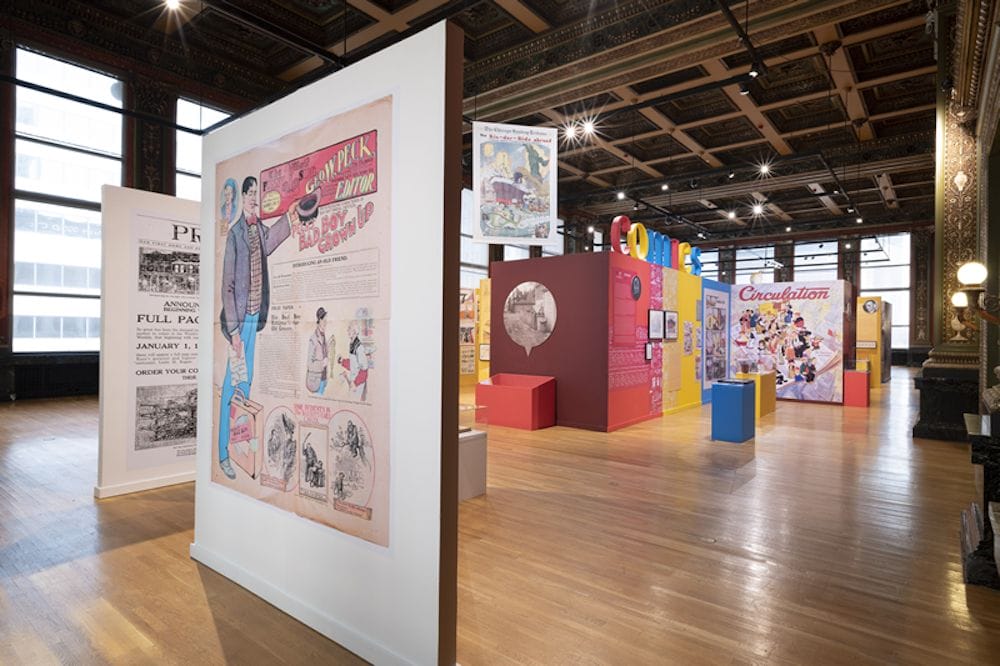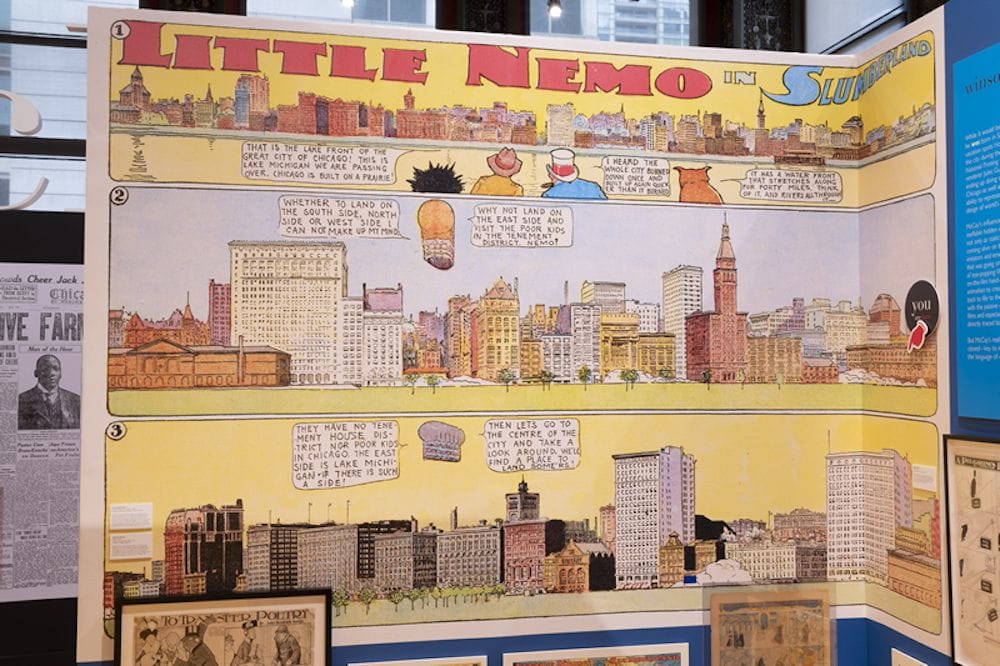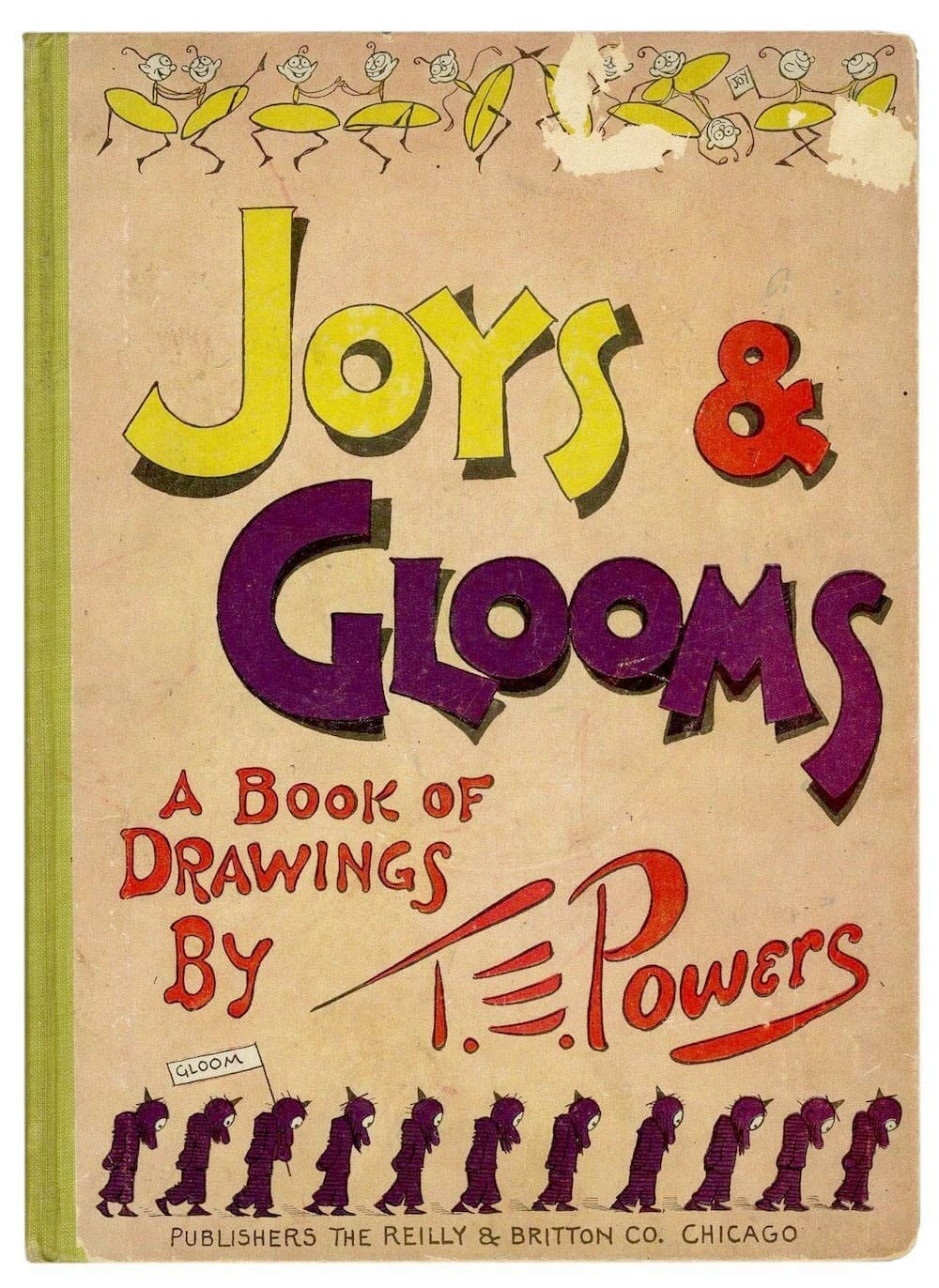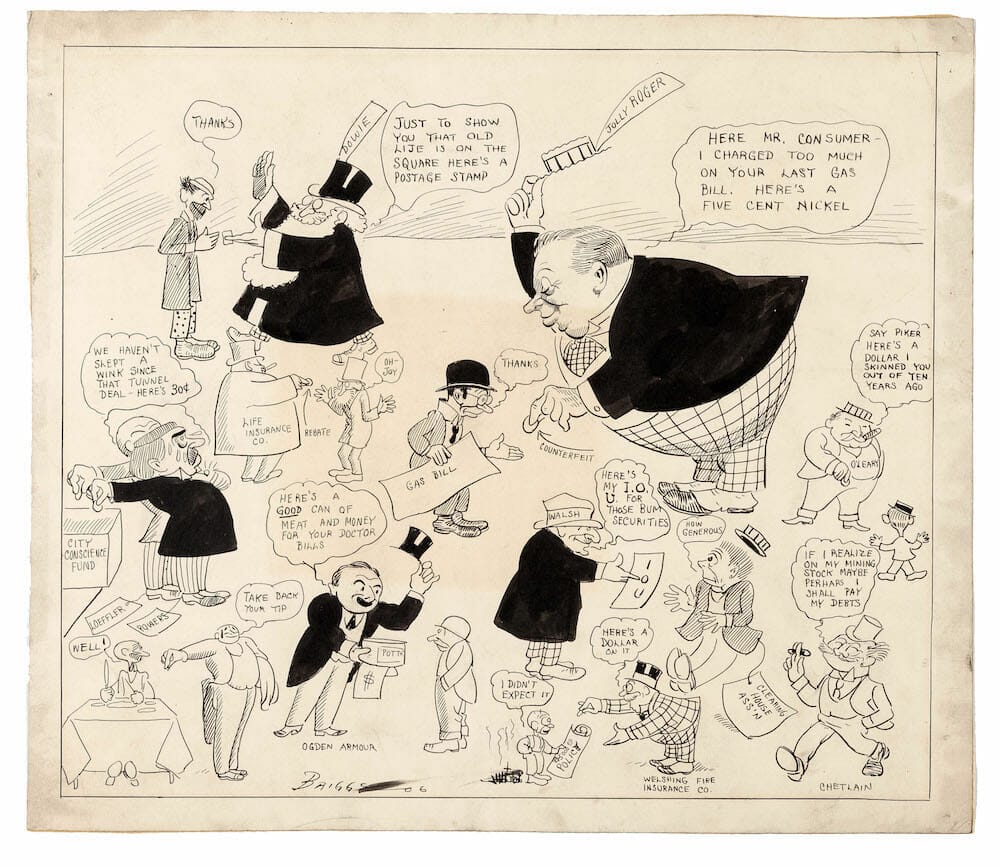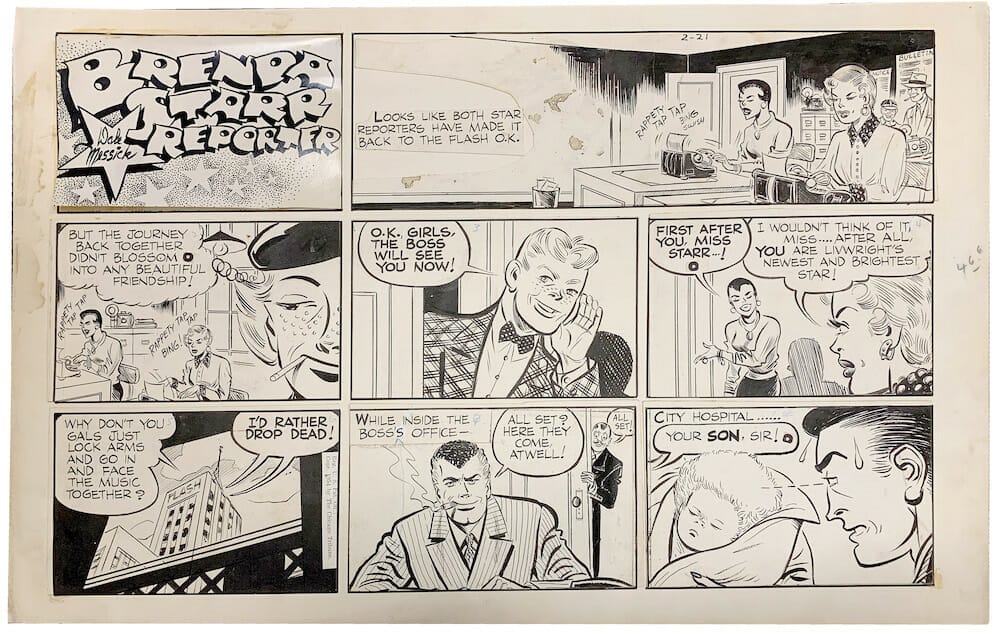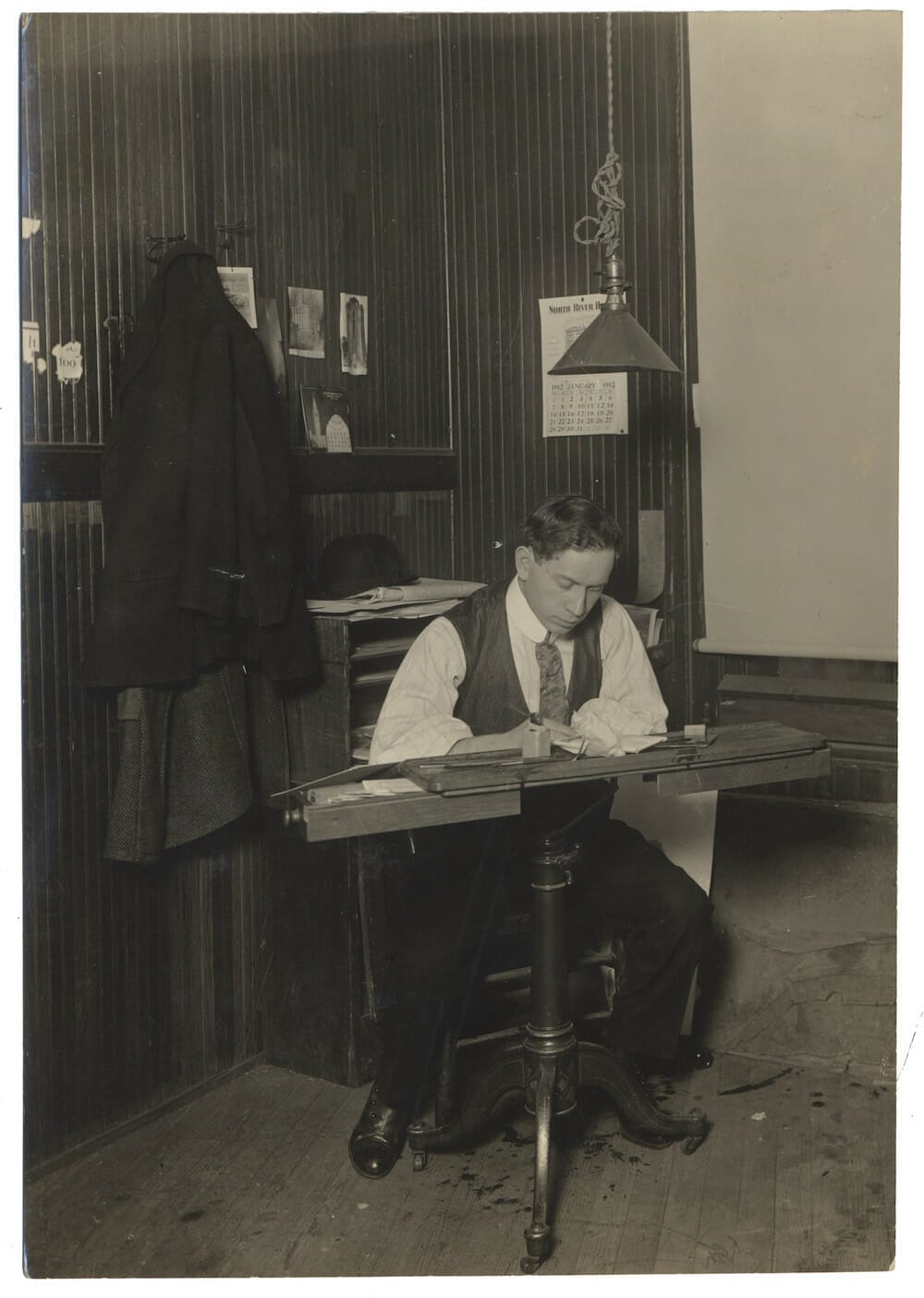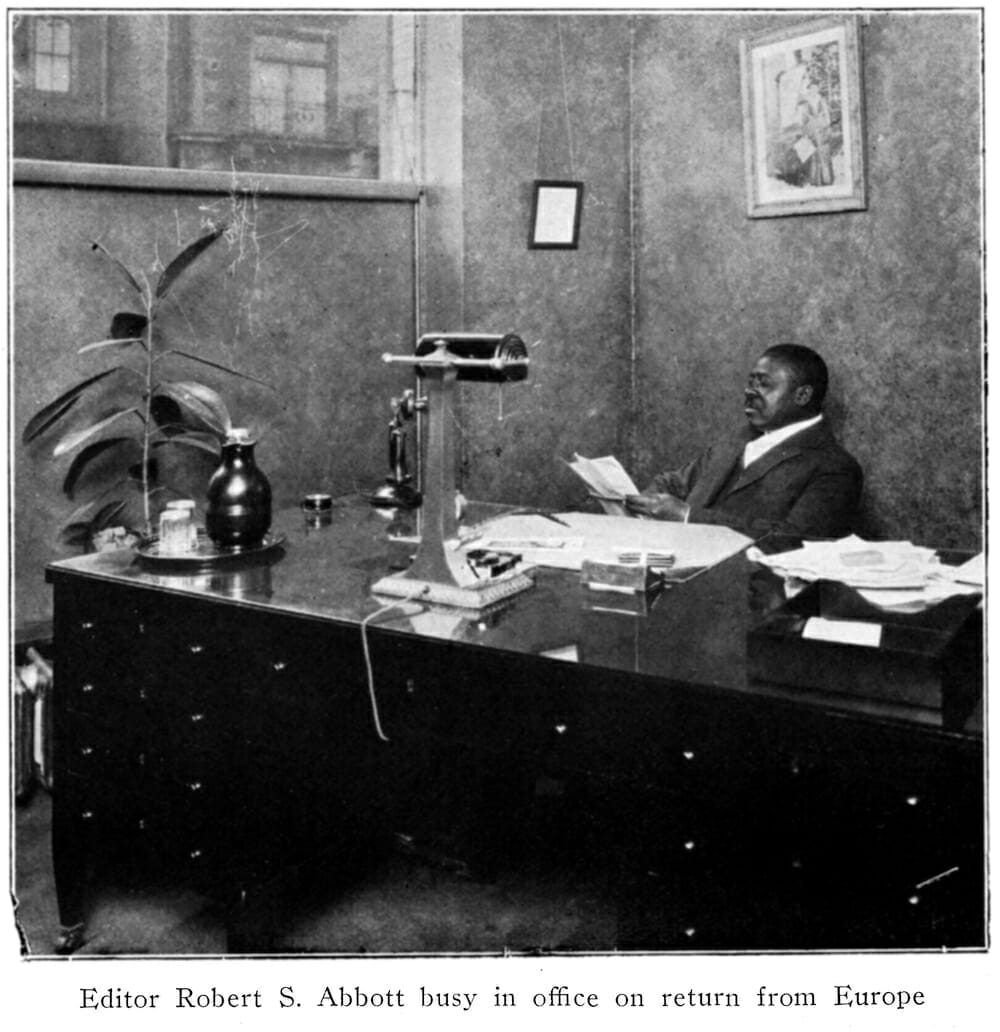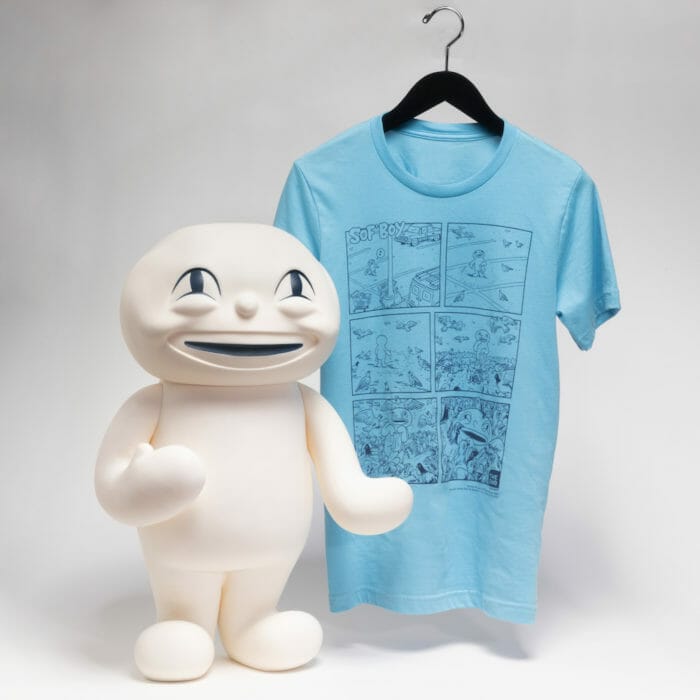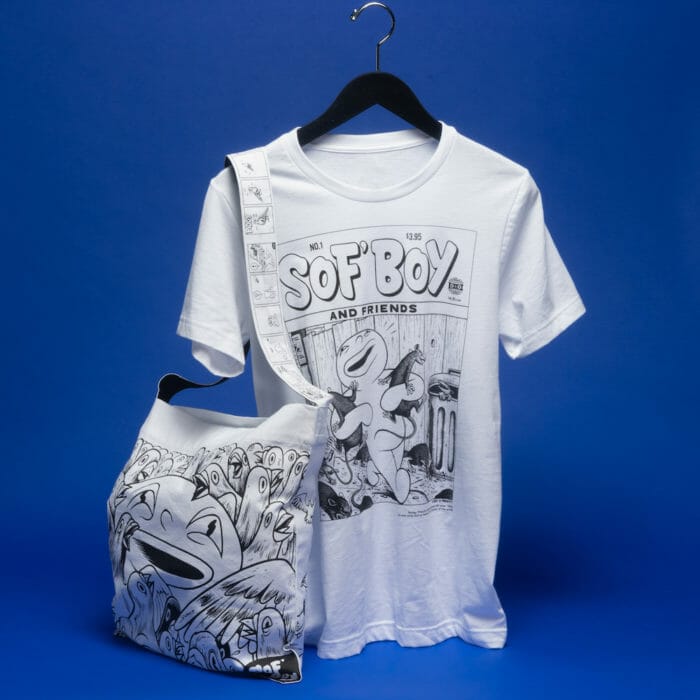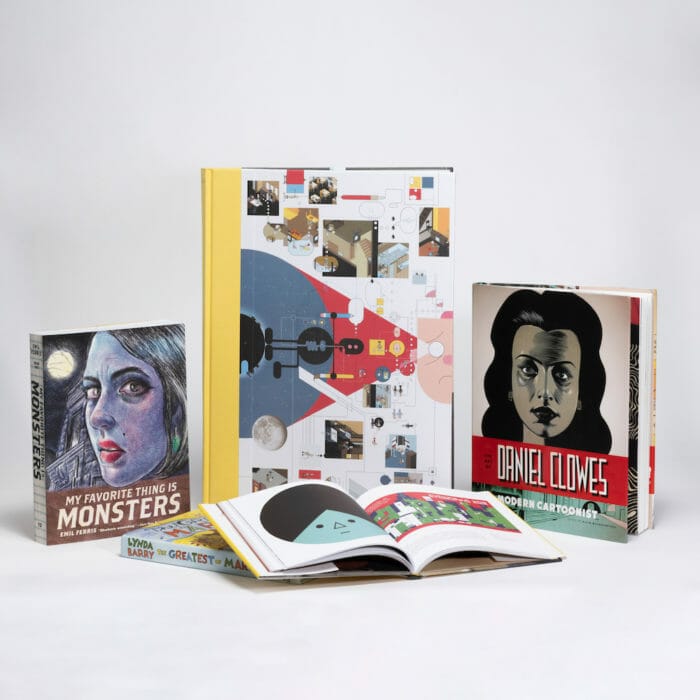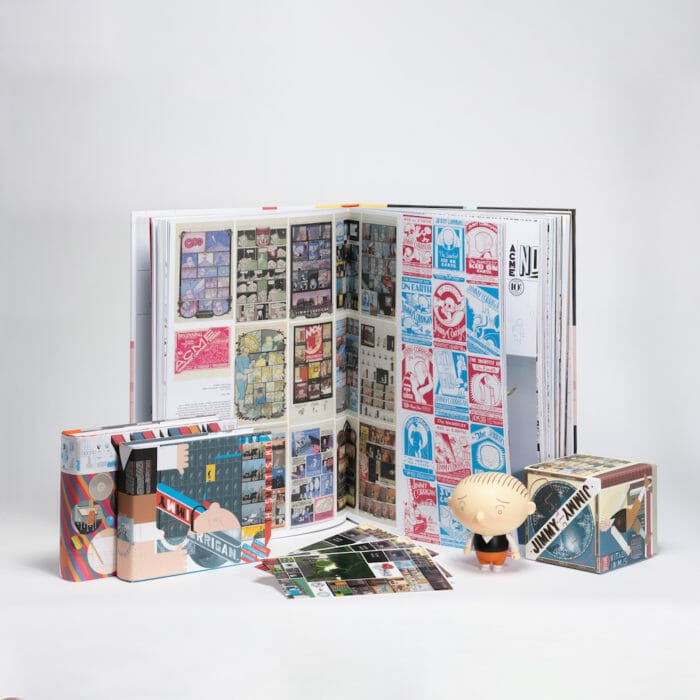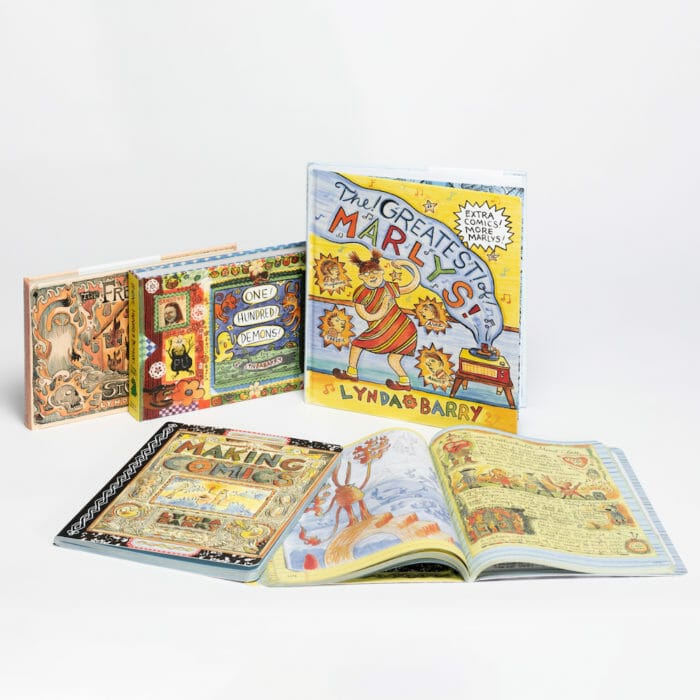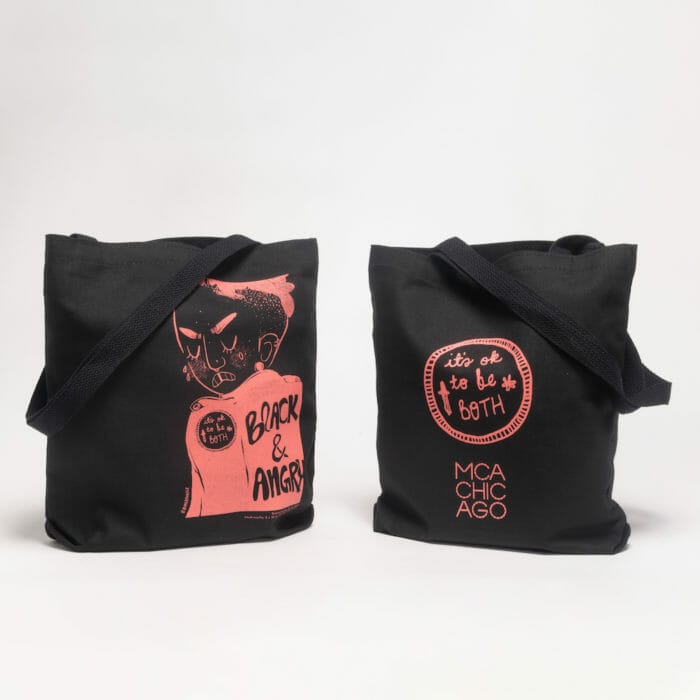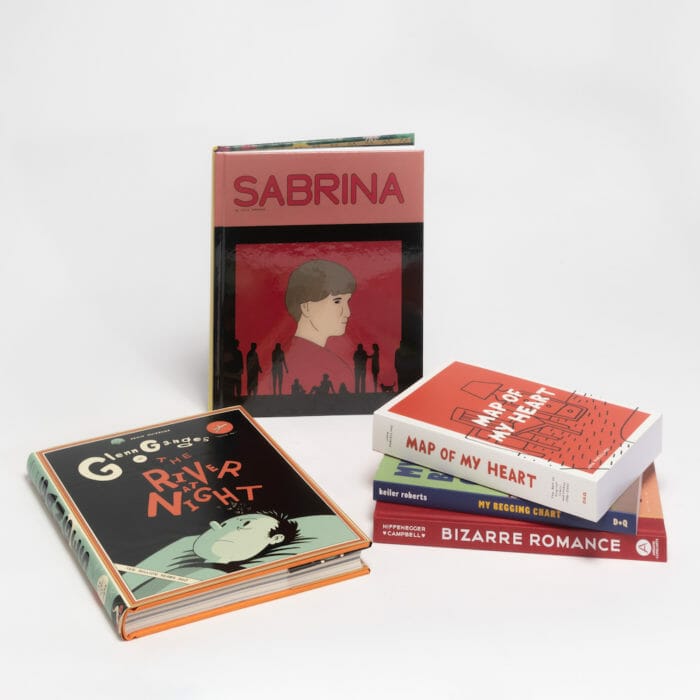Click here to read more Picture This Post Museum of Contemporary Art Chicago stories.
Click here to read more Picture This Post Chicago Department of Cultural Affairs stories.
Titles like TALES OF THE LARGE INTESTINE…
An image of a patient’s Afro getting larger with each squeeze of his doctor’s blood pressure cuff…
Quips from hard-ass Sylvia— a feminist icon of her day— regretting that she is only wearing pajamas when the revolution starts…
There are literally thousands of such details to savor in the archival treasures collected by the Museum of Contemporary Art in their exhibit, Chicago Comics: 1960’s to Now.
Who knew that Chicago was where—
… famed artist Kerry James Marshall started work on his graphic novel, Rythm Mastr, which is still a work-in-progress since 1998…
…that comics artist Chris Ware made the sign for Quimby’s Bookstore in Wicker Park, and that then and now it is a comics-central local landmark, as was the nearby Earwax Café, fondly remembered by many Bucktown/Wicker Park denizens…
Museum of Contemporary Art Chicago and the Chicago Department of Cultural Affairs Exhibits are a Comics Immersion Experience
And indeed, there ARE comics in our midst – then, now and way before, which the Chicago Department of Cultural Affairs and Special Events reminds in their exhibit, Chicago: Where Comics Came to Life (1880-1960), co-curated by the very Chris Ware whose work is prominently featured in the Museum of Contemporary Art Chicago (MCA) Chicago Comics: 1960s to Now.
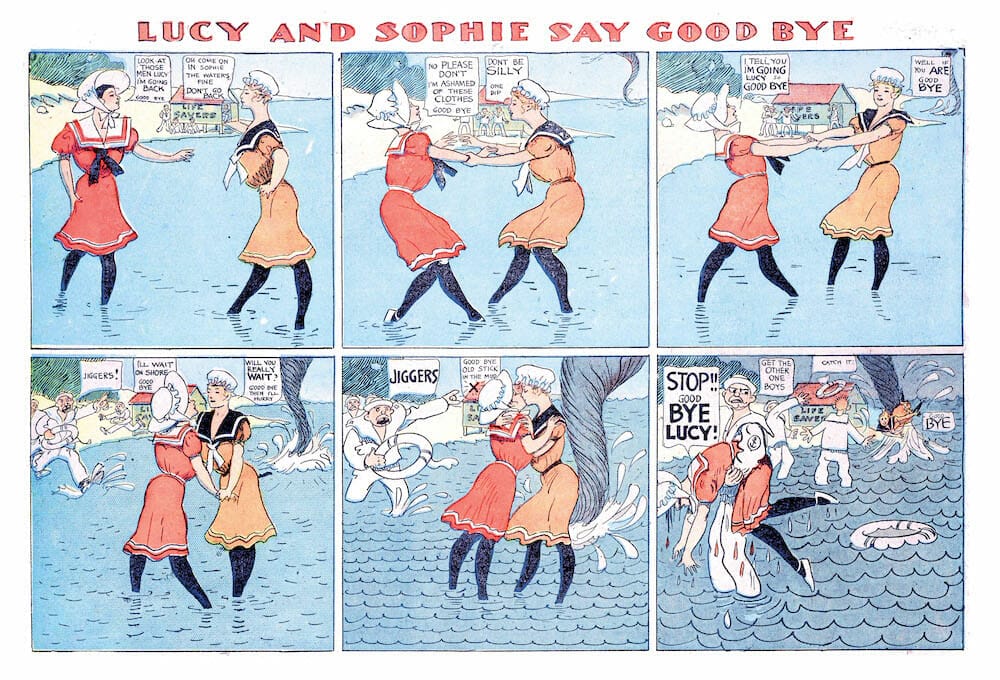
Taking in these two exhibits in tandem is an immersion both in the history of comic art and a window on Chicago’s history. We may have already known that Johnson Publishing has played an outsized role in African-American culture, but these two exhibits together allow us to trace the bread crumb trail from them to the Chicago Defender, to sci-fi Black super heroes that seem to be the earliest practitioners of Afro-Futurism, before it took flight as a movement with this name. You won’t see a placard in either exhibit that says “This is What Democracy Looks Like”, but it could be the subtitle of nearly every artifact caption.
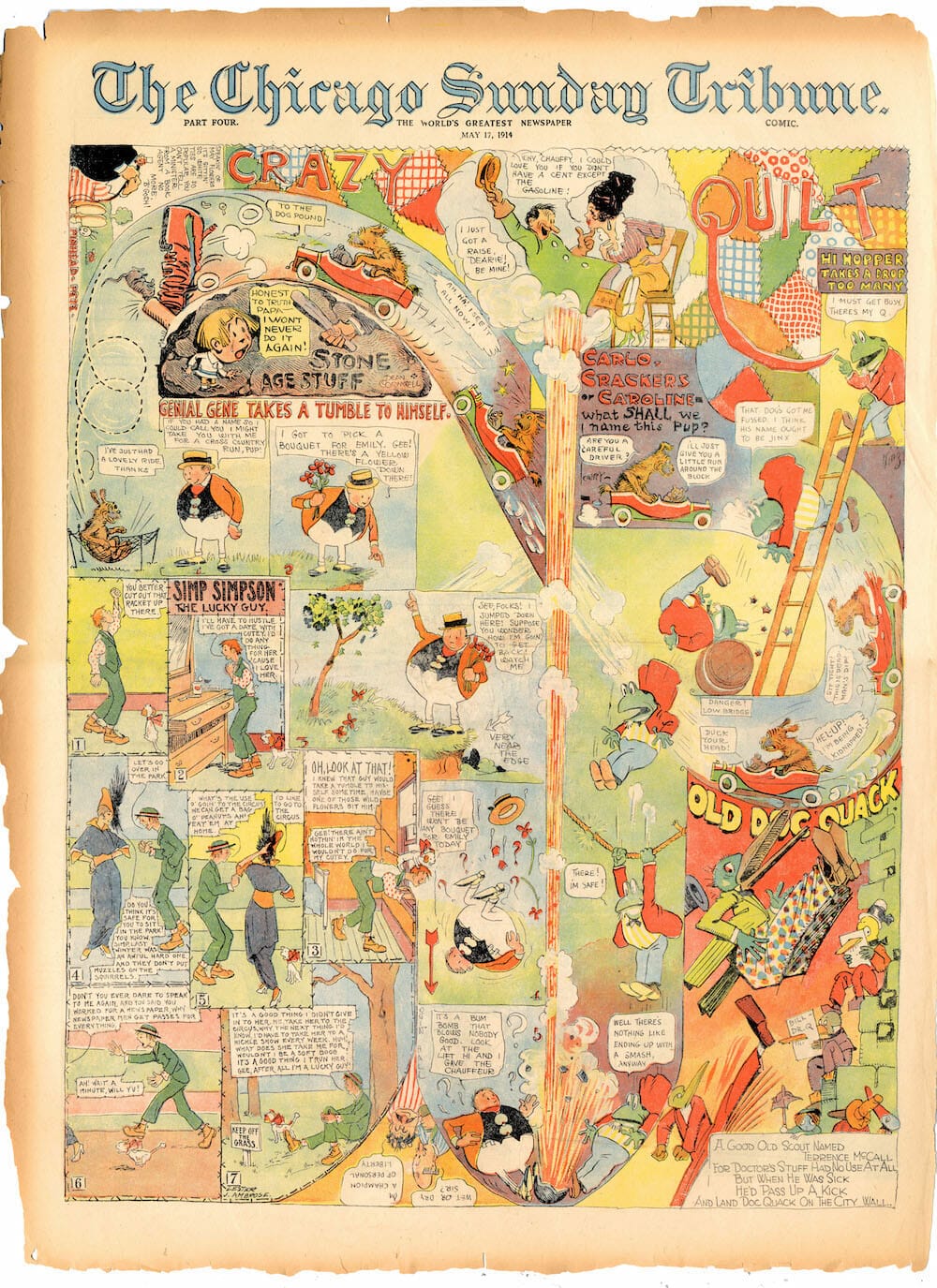
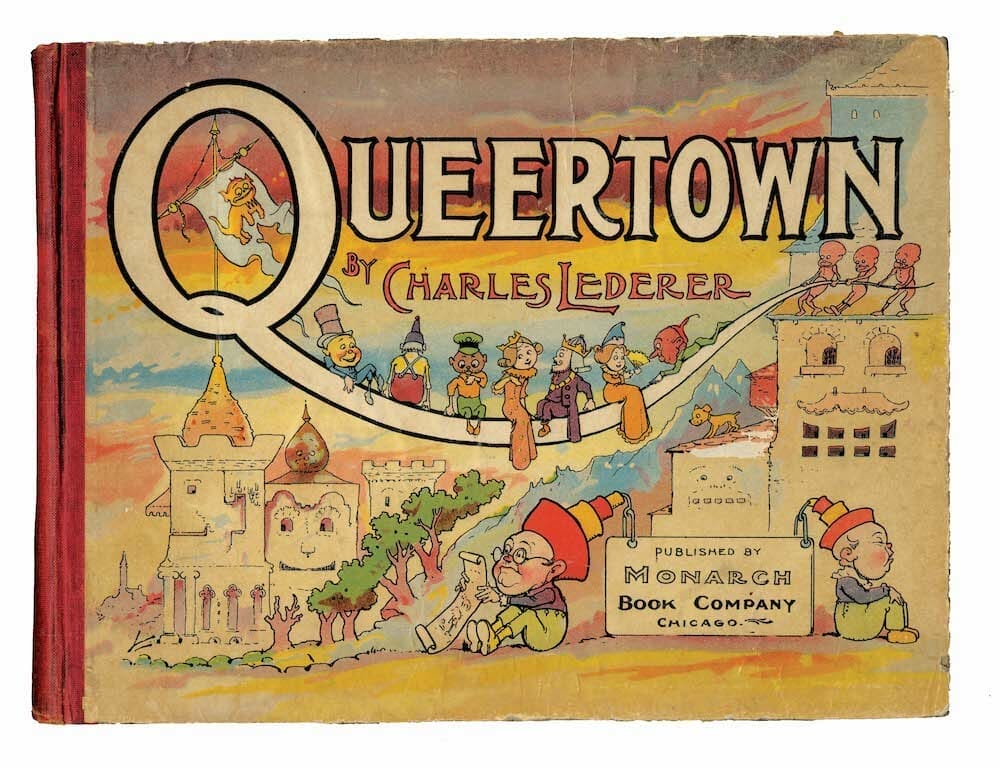
The MCA exhibit puts a welcome emphasis on Black comics artists, both by making it your launch point as you start your tour and also as the theme of the exhibition book – It’s Life as I See It: Black Cartoonists in Chicago 1940-1980.
Taken together, it’s a comics immersion experience. In this writer’s opinion, you will be well-served by taking at least two days to see these exhibits. Anyone who appreciates comic artists’ ability to capture the zeitgeist in all its permutations of absurdity and satire will likely experience clearing two days for these exhibits as a not-so-quick course on the genre. It’s a long journey, from Dick Tracy strips to a so here-and-now short animation by cartoonist Lilli Carré that in this writer’s view is itself worth the time and money**. Even those like this reviewer —not raised on funny pages nor recalling buying a comic book once puberty set in — can’t help but be stunned by the breadth of these collections.
Tip— visit the MCA Pop-Up Shop for this exhibit – an early way to get Xmas gifts stockpiled.
Warning— much of the MCA’s angled display cases require significant neck craning.
HIGHLY RECOMMENDED
Nominate this for The Picture This Post BEST OF 2021???
Click Readers' Choice
Want to see who won the Picture This Post READERS’ CHOICE competition last year?
WATCH THIS SHORT VIDEO—
WHEN:
Museum of Contemporary Art Chicago
Thru October 3, 2021
Tuesdays 10 am – 9 pm
Wednesdays – Sundays 10 am – 5 pm
Chicago Cultural Center
Thru January 9, 2022
Daily 11 am – 4 pm
WHERE:
Museum of Contemporary Art Chicago
220 E Chicago Ave
Chicago, IL 60611
Chicago Cultural Center
78 E. Washington St.
Chicago, IL 60602
TICKETS:
Museum of Contemporary Art Chicago
$15 (discounts for seniors, students and teachers)
Chicago Cultural Center
FREE**

About the Author: Amy Munice
Amy Munice is Editor-in-Chief and Co-Publisher of Picture This Post. She covers books, dance, film, theater, music, museums and travel. Prior to founding Picture This Post, Amy was a freelance writer and global PR specialist for decades—writing and ghostwriting thousands of articles and promotional communications on a wide range of technical and not-so-technical topics.

